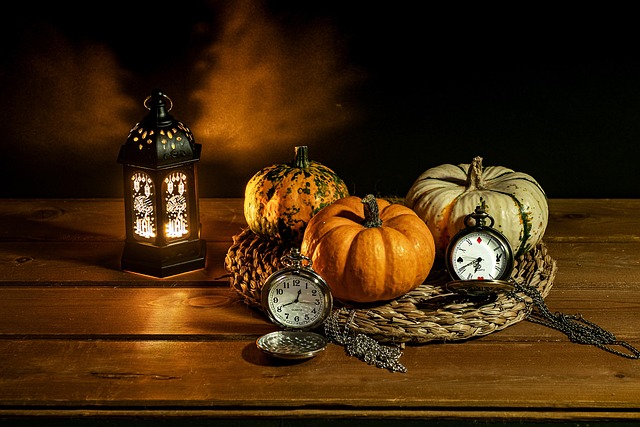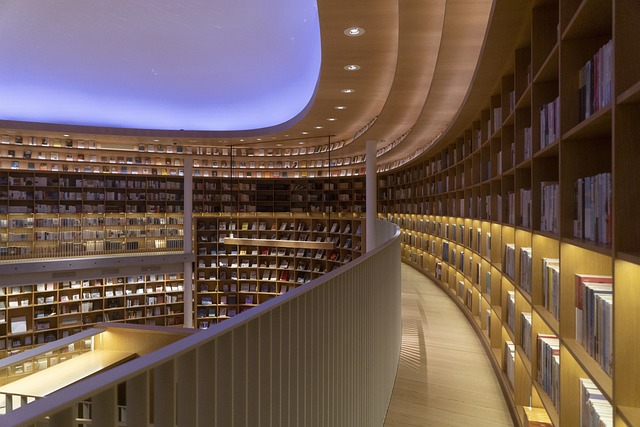Mastering Tableau Creation: Where Art Meets Design
In the vibrant world of Tableau creation, the fusion of art and design transforms raw data into compelling visual narratives. Just as a painter blends colors on canvas, or a designer balances shape and form, effective data visualization requires a unique blend of creativity and technical skill. It is here that we see the true potential of data being unlocked, appealing to both our analytical minds and our aesthetic sensibilities.
The Artistic Side of Data Visualization
Understanding how to portray data artistically can make all the difference in how information is received and processed. Think of data as a story waiting to be told. Every dataset contains insights and trends, akin to fables woven through brush strokes. When we create our Tableau visualizations, we are, in essence, telling these stories through our chosen artistic medium.
Color choice is crucial in this process. Each hue can evoke emotion, guide focus, and enhance clarity. For instance, warm colors may capture attention and convey urgency, while cooler tones can evoke calmness and trust. In Tableau, selecting the right palette not only beautifies the visualization but also ensures that the viewer interprets the information correctly.
Design Principles in Tableau Creation
Alongside the artistry, the principles of design play a pivotal role. Composition, alignment, and hierarchy are fundamental to creating effective visualizations. Much like a well-designed product or an engaging website, a Tableau dashboard needs to be intuitive and visually appealing.
This starts with understanding the audience. Who will be viewing the visualization? What story do you want to convey? The answers to these questions are essential for shaping the layout and flow of information. Using grid lines to maintain alignment, employing negative space to avoid clutter, and creating a logical data flow are all aspects of design that can significantly enhance the viewer’s experience.
Crafting Your Unique Tableau Style
Just as every artist has their signature style, every data creator can foster a unique approach to Tableau creation. Experimentation is key. Play with different layout options, test varying types of visualizations, and integrate interactive elements to engage your audience. The beauty of Tableau lies in its flexibility, allowing you to cultivate a personal touch that resonates with your viewers.
Consider incorporating infographics or storytelling techniques into your Tableau visualizations. By weaving narratives into your designs, you make data more relatable and digestible. Each element you add should not only serve a purpose but also contribute to a seamless and beautiful experience for your audience.
The Intersection of Art and Analytics
The marriage of art and data is where magic happens in Tableau creation. As you master the tools and techniques, remember to embrace your creative instincts. The most effective visualizations not only convey complex information with clarity but also resonate emotionally with the audience. In this interplay between aesthetics and analytics lies the key to impactful data storytelling.
So, whether you’re a seasoned data artist or just getting started, always remember that at its core, Tableau creation is about bridging the gap between numbers and narratives, turning data into a language everyone can understand. Harness your artistry, embrace design principles, and watch as your visualizations come to life!




